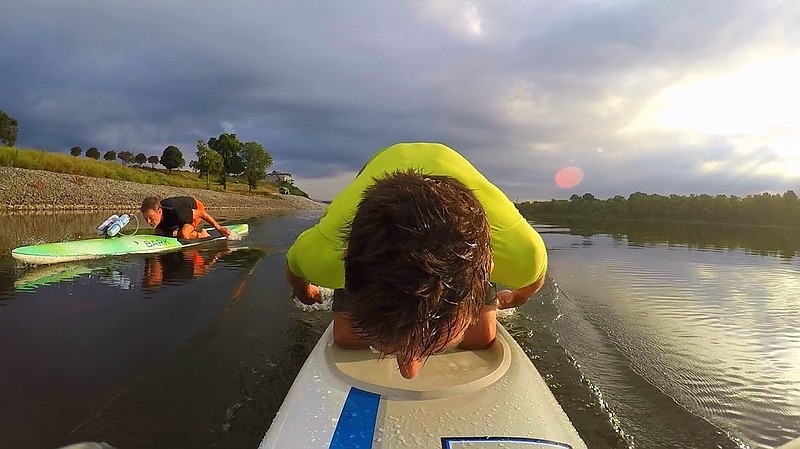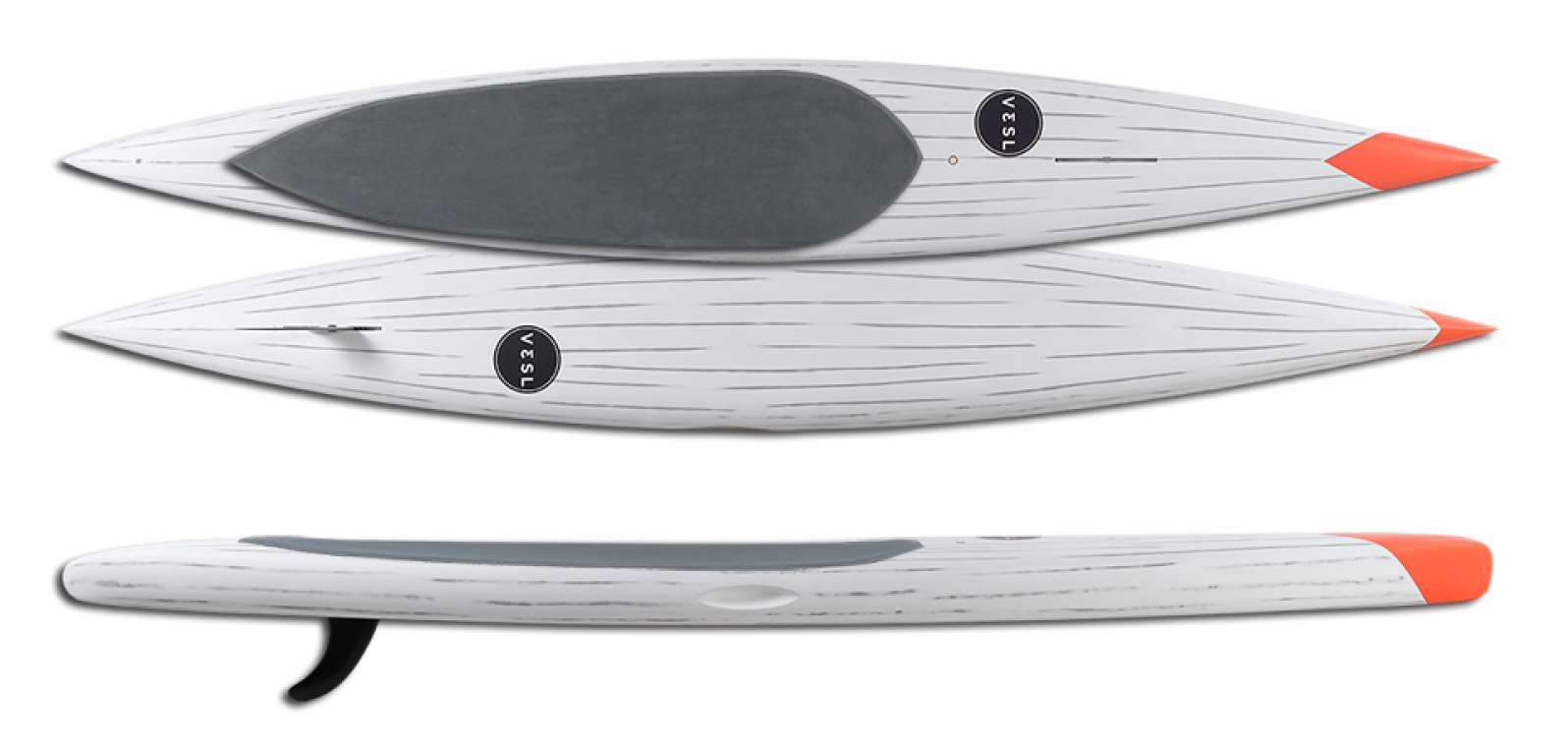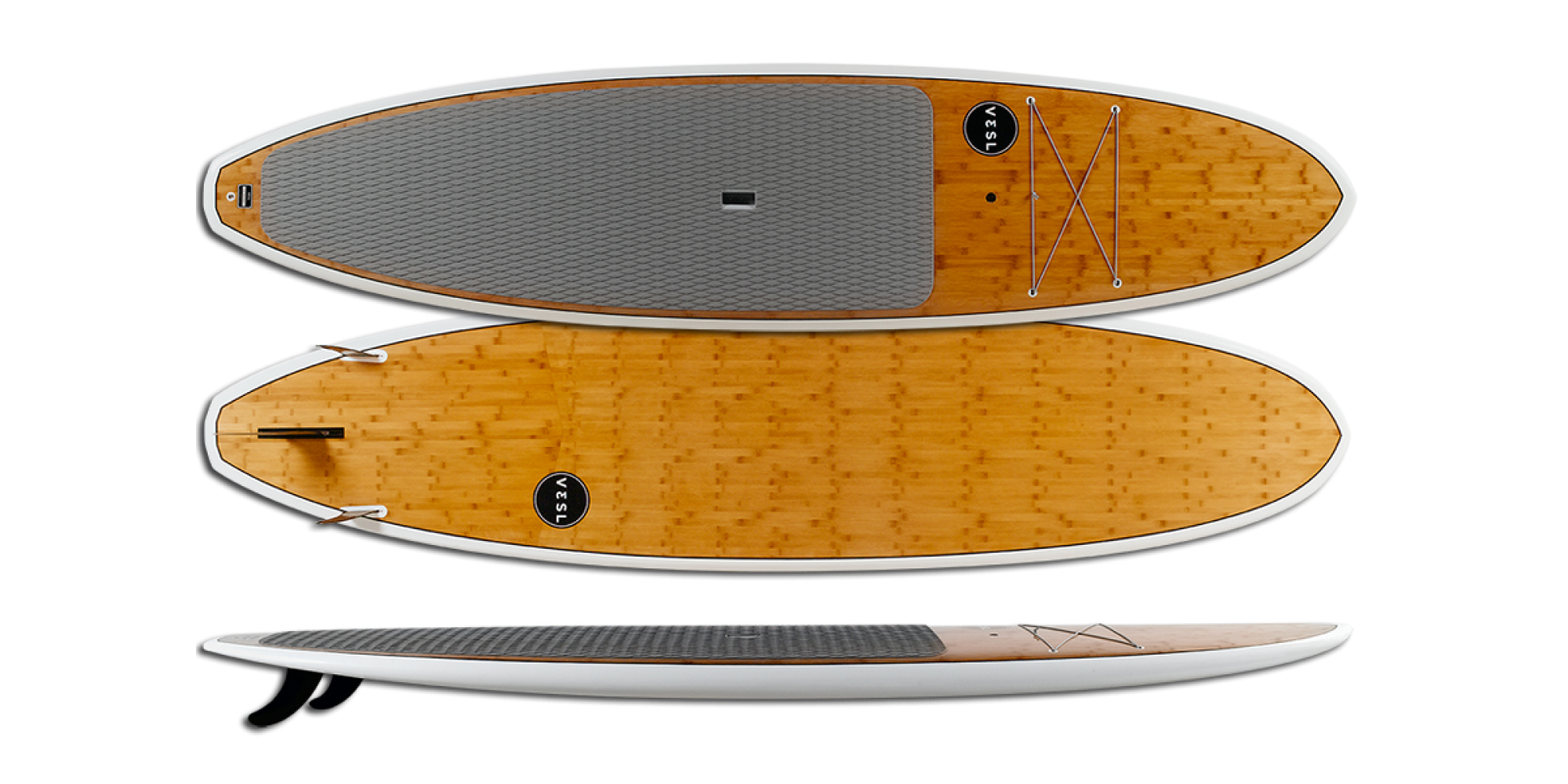Before stand-up paddleboards proliferated coast to coast, there was prone.
Prone paddleboards, also called traditional paddleboards, are similar to stand-ups in general shape, but different, most notably in how they are paddled. On a prone paddleboard, the paddler lies face-down and uses his or her arms in lieu of a blade.
The origin of prone paddleboards, like many watercrafts, is ambiguous, though the paddling-style was documented as early as the 1700s, first in the South Pacific and then in the Hawaiian islands. While prone continues to be popular in Hawaii, it remains relatively obscure in the Southeast U.S.
"Exposure is all that is," says Britt Reynolds, 49, one of the few Chattanooga-based prone paddlers. Last year, Reynolds prone-paddled Chattajack, a 31-mile race through the Tennessee River Gorge. Among the 400-plus participants, Reynolds says he was one of about 40 who competed using a traditional paddleboard. He completed the course in six hours and 15 minutes, placing third in his age division.
Once an avid stand-up paddleboarder, Reynolds says, "I wasn't turned on to [prone paddling] just seeing it. Somebody had to make me try it. As as soon as I did, I dropped stand-up paddleboarding."
There are several reasons to go prone, Reynolds says. Here are the specs of the sport.
Advantages
Comfort. While the body must adjust to the prone position, once muscle memory is gained, Reynolds says prone is quite comfortable. "The first time I [tried prone], I couldn't go very far," he says. SUPing works the core and legs, whereas prone works the shoulders, back and hamstrings. Most "pronies" alternate between paddling from the knees and from a position similar to yoga's "child's pose."
"Ergonomically, switching back and forth like that helps you go for longer. It prevents any part of your body from feeling numb," Reynolds says.
Simplicity. Forgoing a blade means having one less piece of gear to transport and purchase. The cost of a good carbon paddle easily exceeds $100.
Versatility. Prone is not dependent on the right weather conditions. Standing tall on a SUP, for instance, makes one vulnerable to wind or waves. "Being at a lower angle, you can motor through all that," Reynolds says.
Disadvantages
Speed. On average, a SUP travels about one mile per hour faster than a prone paddleboard, Reynolds says, adding, "But it doesn't feel that way. Being down in the water, you feel the glide much more dramatically."


